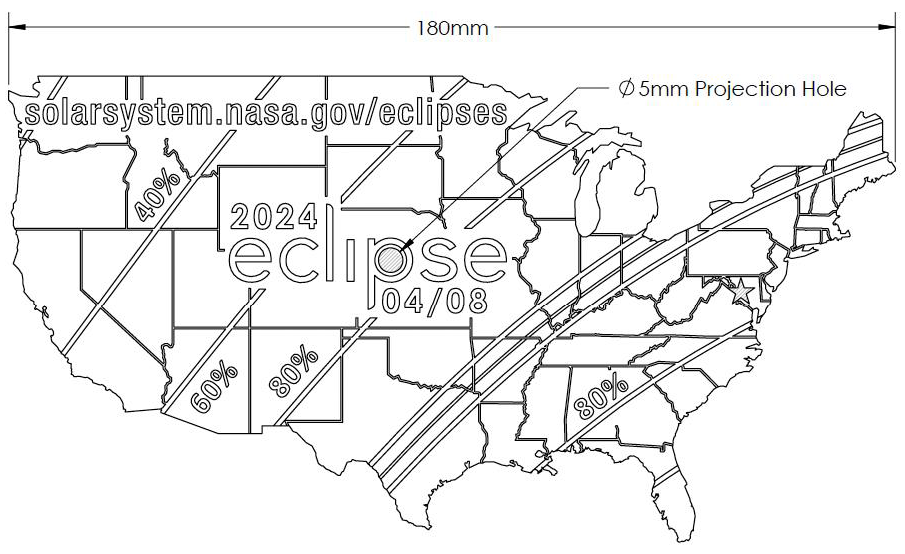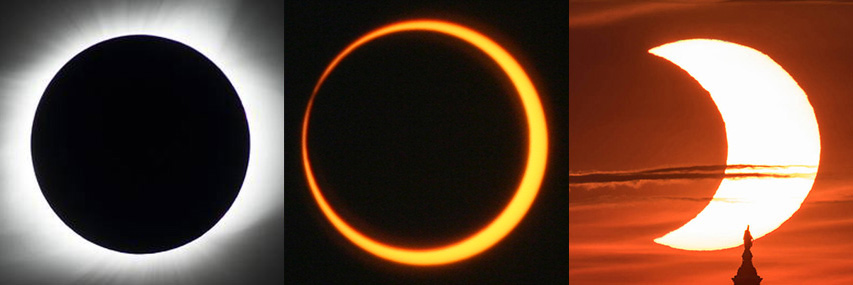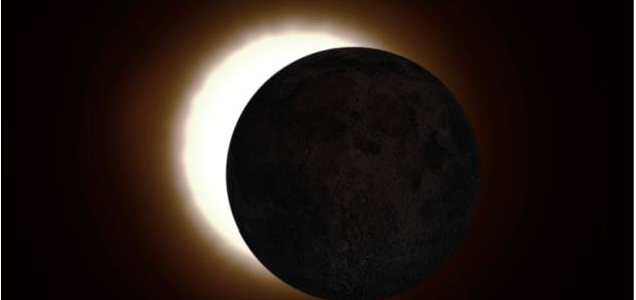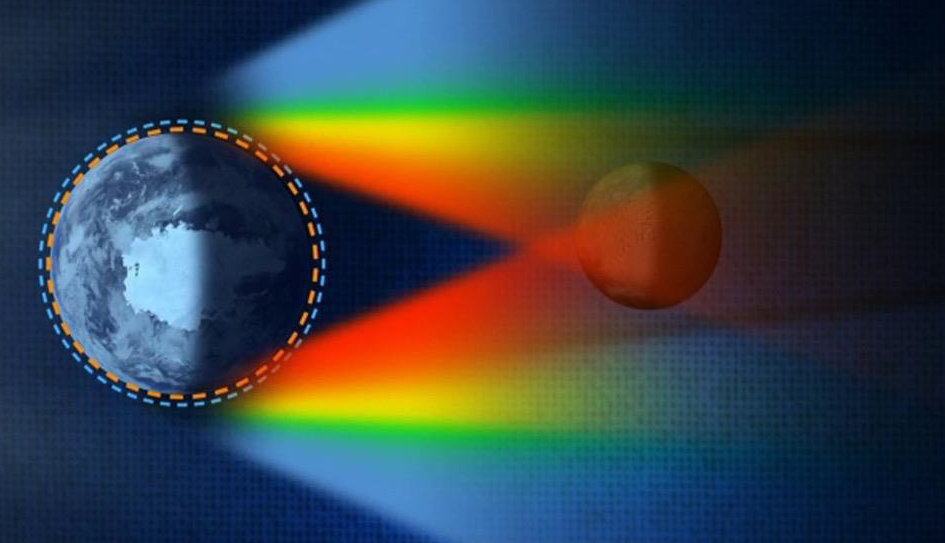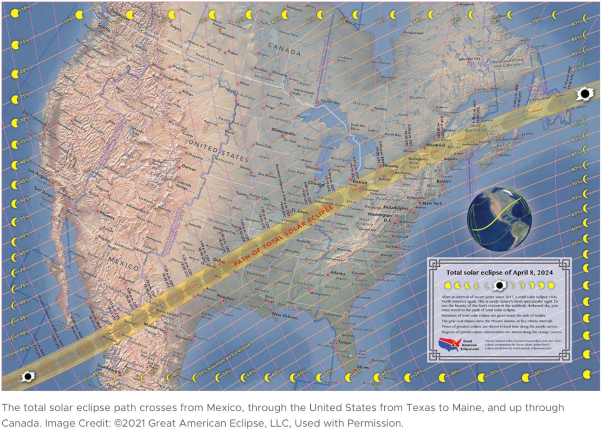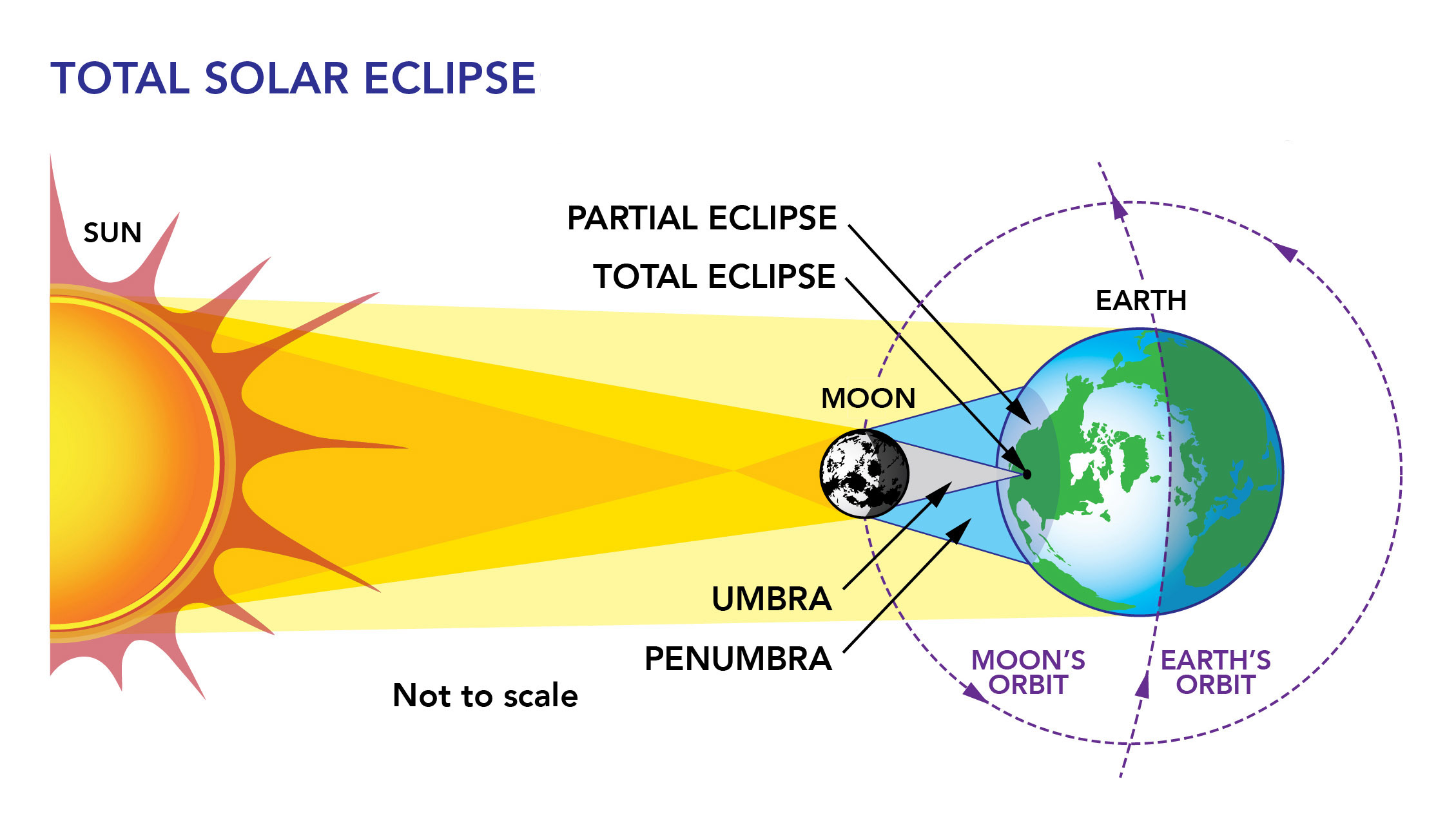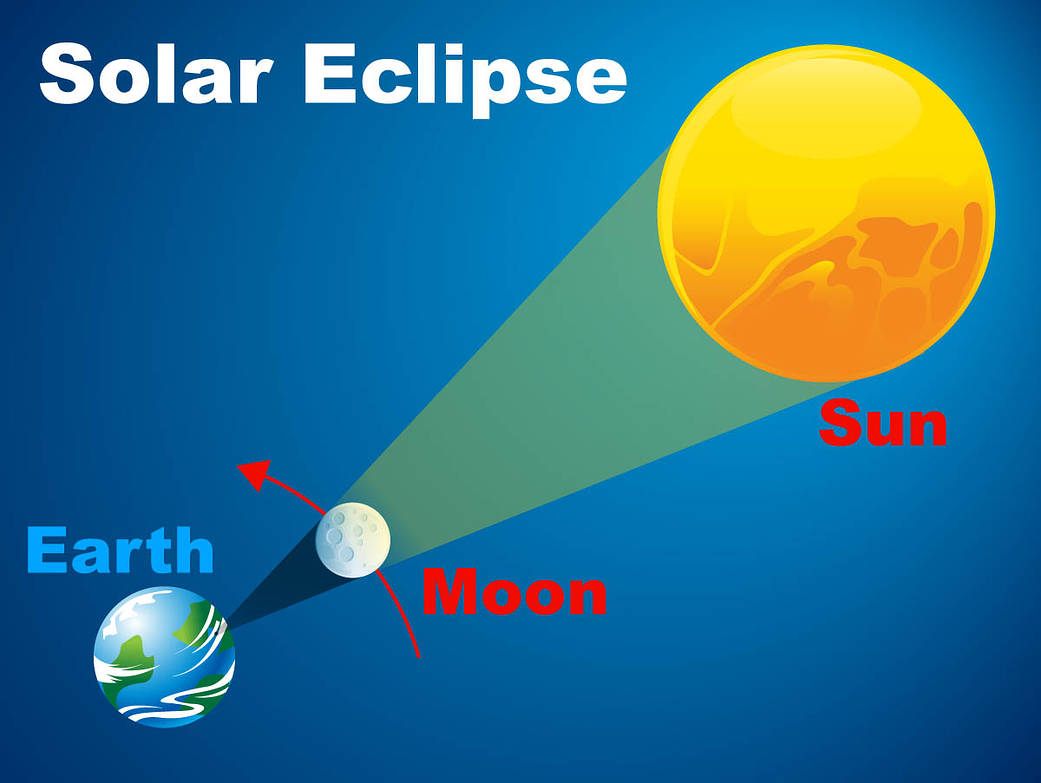Lesson Plans
Modeling Solar Eclipse Geometry
Overview
In this activity, students will model the geometry of solar eclipses by plotting a few points on a piece of graph paper, and using quarters and a nickel to represent the Sun and Moon (not to scale). The goal for this activity is to visually show how the Sun and Moon move near the eclipse season and how the timing of their arrival determines whether you have a total eclipse, a partial solar eclipse, or no eclipse at all. Learners will create a graph for all three.
Materials Required
- 1 sheet of 8.5 x 11 graph paper
- 2 disks approximately the size of a quarter, one to represent the Sun and one to represent the Moon at perigee
- One disk approximately the size of a nickel, to represent the Moon at apogee
- Pencil
- Ruler
- Optional Modeling Solar Eclipse Geometry Google Doc OR PDF student sheets.
Teachers who are interested in receiving the answer key, please complete the Teacher Key Request and Verification Form. We verify that requestors are teachers prior to sending access to the answer keys as we’ve had many students try to pass as teachers to gain access.
Procedure
Remember to never look directly at the Sun without proper safety equipment.
- Watch the following animations:
- This NASA Scientific Visualization Studio animation shows the Moon’s orbit around the Earth in the months prior to the August 21, 2017 total solar eclipse. Viewed from above, the Moon's shadow appears to cross the Earth every month, but a side view reveals the five-degree tilt of the Moon's orbit. The tilt causes the Moon’s shadow to miss the Earth during most New Moons, about five out of six.
- What is an eclipse season?
- We know that the frequency of eclipses are based on a lot of different factors.
- The shape of the Moon’s elliptical orbit
- The five-degree tilt of the Moon’s orbit
- Because of the Moon’s elliptical orbit, it is sometimes farther from Earth (farthest at apogee) and sometimes closer (closest at perigee).
- Another factor is the shape of the elliptical orbit of the Earth-Moon System around the Sun. The only time eclipses can occur is around the time of the equinoxes, around March and September. This window when eclipses can occur is about 40 days wide and is known as “eclipse season.”
- But we still don’t have an eclipse every equinox because it is all a matter of timing. Sometimes, even though the path of the Moon crosses the path of the Sun in the sky, the Moon is either too early or too late to have them overlap.
- Types of Solar Eclipses
- A total eclipse occurs when the entire Sun is in the Moon's shadow and only the corona can be seen.
- A partial eclipse occurs when the only part of the the Sun is in the Moon's shadow.
-
An annular eclipse occurs when the Moon's shadow is centered on the Sun and the Sun shows up as a ring around the shadow.
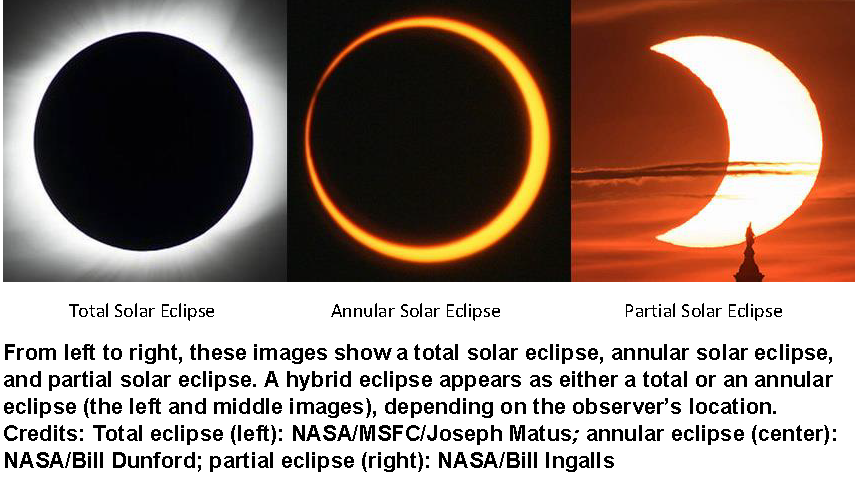
https://mynasadata.larc.nasa.gov/sites/default/files/inline-images/Eclipse%20type%20images_4.png
- Modeling an eclipse: We can demonstrate the geometry and timing of this by just plotting a few points on a piece of graph paper, and using quarters and a nickel to represent the Sun and Moon (not to scale). Depending on the location of the observer on Earth, you may experience a total solar eclipse, a partial solar eclipse, or no eclipse at all. This depends on if the Moon and the Sun cross paths at the same time in the sky and the location of the Moon in its orbit.
- Set up your graph:
- We will only be plotting in Q1 so use the entire graph paper for that quadrant.
- Mark the Origin (0,0) and use the ruler to draw the respective X and Y axis lines.
- Mark every other line and number the axes 1, 2, 3... up to 10.
- Model 1 - Moon at Perigee
Perigee is where the Moon is closest to Earth in its orbit. Use the quarter-sized disks to represent the Sun and Moon, as the Moon appears bigger in the sky at perigee.- Plot the following 5 points for the Sun’s path:
- Sun 1: (1,4)
- Sun 2 : (3,4)
- Sun 3: (5,4)
- Sun 4: (7,4)
- Sun 5: (9,4)
- Label the points respectively: s1, s2, s3, s4, s5.
- Use the ruler ruler to draw a straight line through the points. Label this line ‘Sun Path’
- Plot the following 5 points for the Moon’s path:
- Moon 1: (1,8)
- Moon 2: (3,6)
- Moon 3: (5,4)
- Moon 4: (7,2)
- Moon 5: (9,0)
- Label the plots respectively, m1,m2,m3,m4,m5.
- Use the ruler to draw a straight line through the points. Label this line ‘Moon Path'
- The graph should look like this:
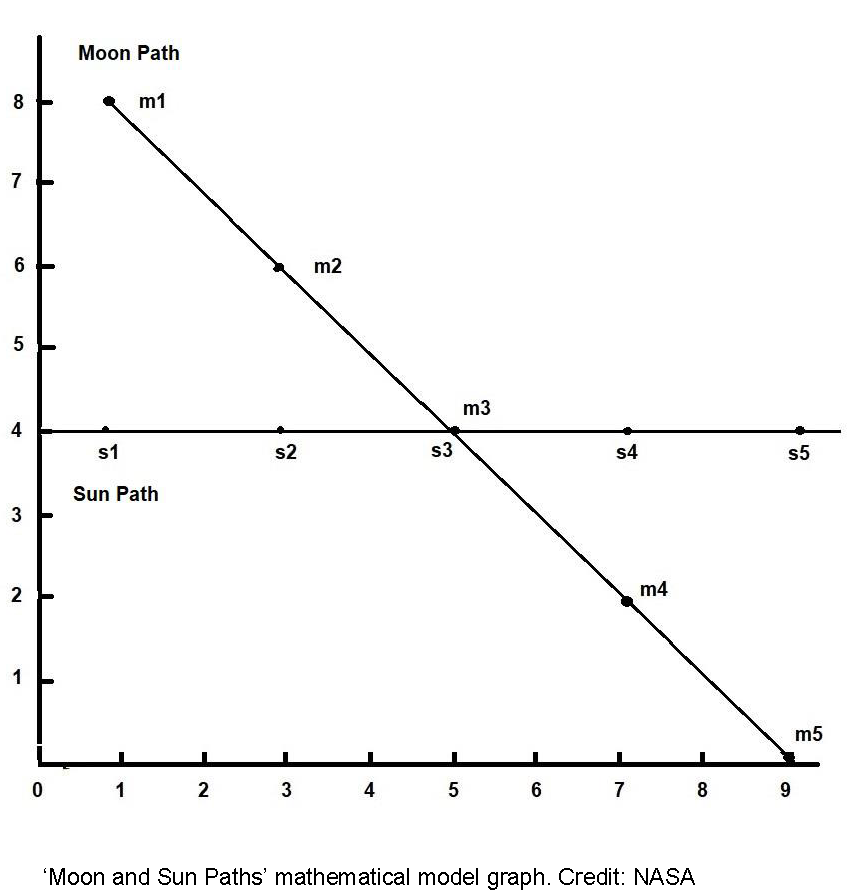
- The graph should look like this:
- Place the disk representing the Sun on s1 of the Sun path, and the disk representing the Moon on m1 of the Moon path.
- Move both disks simultaneously from s1 to s2 and m1 to m2.
- Then from s2 to s3 and m2 to m3.
- Then from s3 to s4 and m3 to m4.
- Then from point s4 to s5 and m4 to m5.
- Record your observations at each point in the Data Table 1.
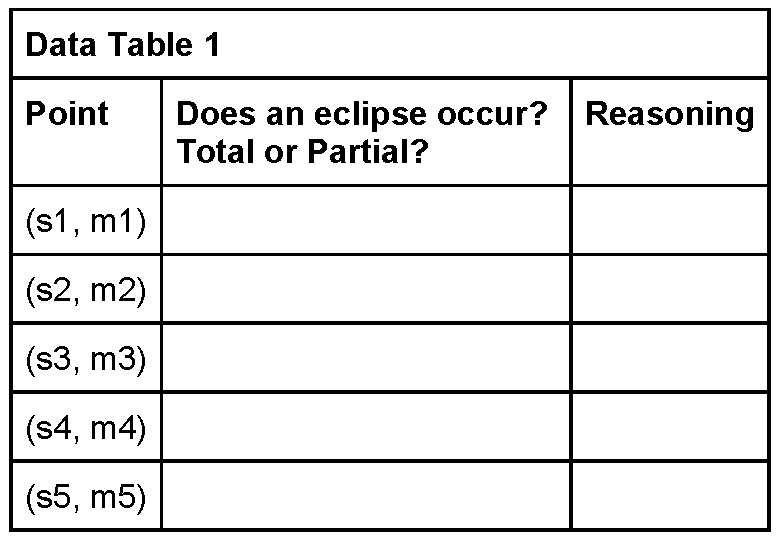
- Plot the following 5 points for the Sun’s path:
- Model 2 - Moon at Apogee
- Repeat the steps from Model 1, using the nickel-sized disk for the Moon this time.
- Record your observations at each point in Data Table 2.
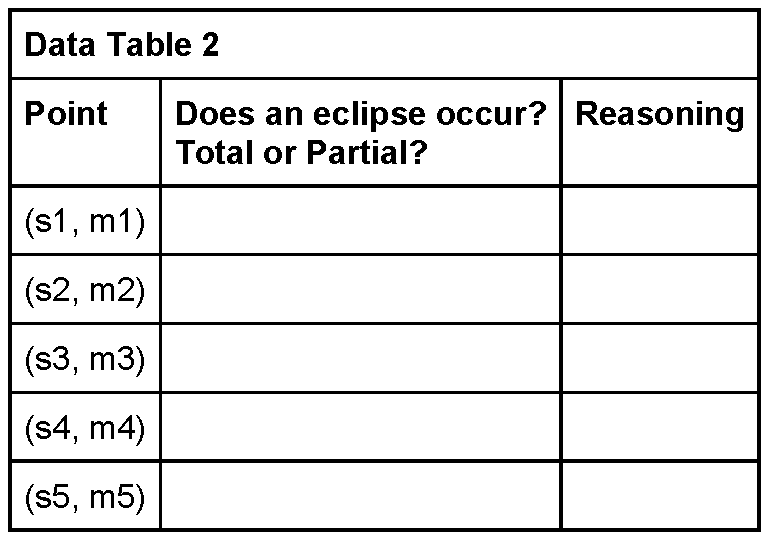
-
Model 3 - Other positions
Sometimes, even though the path of the Moon crosses the path of the Sun in the sky, the Moon is either too early or too late to have them overlap. Use the quarter-sized disk for the Moon.
- Place the Sun at point: s1.
- Place the Moon at point: m2.
- Move both disks simultaneously from s1 to s2 and m2 to m3.
- Then from s2 to s3 and m3 to m4.
- Then from s3 to s4 and m4 to m5.
- Record your observations at each point in Data Table 3.
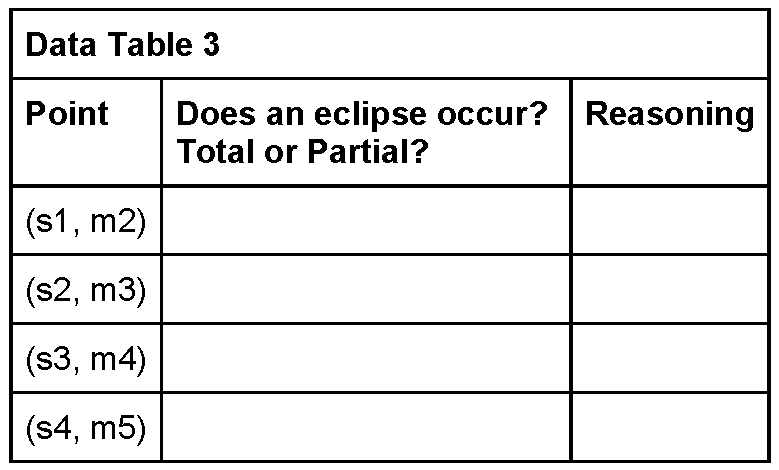
- Set up your graph:
- Now that you have graphed your data, answer the following questions.
- In order for a total eclipse to occur, describe the position of the Sun, Earth, and Moon.
- Explain what factors need to be in place for a total eclipse to occur
- Describe the position of the Sun, Earth, and Moon in order for a partial eclipse to occur
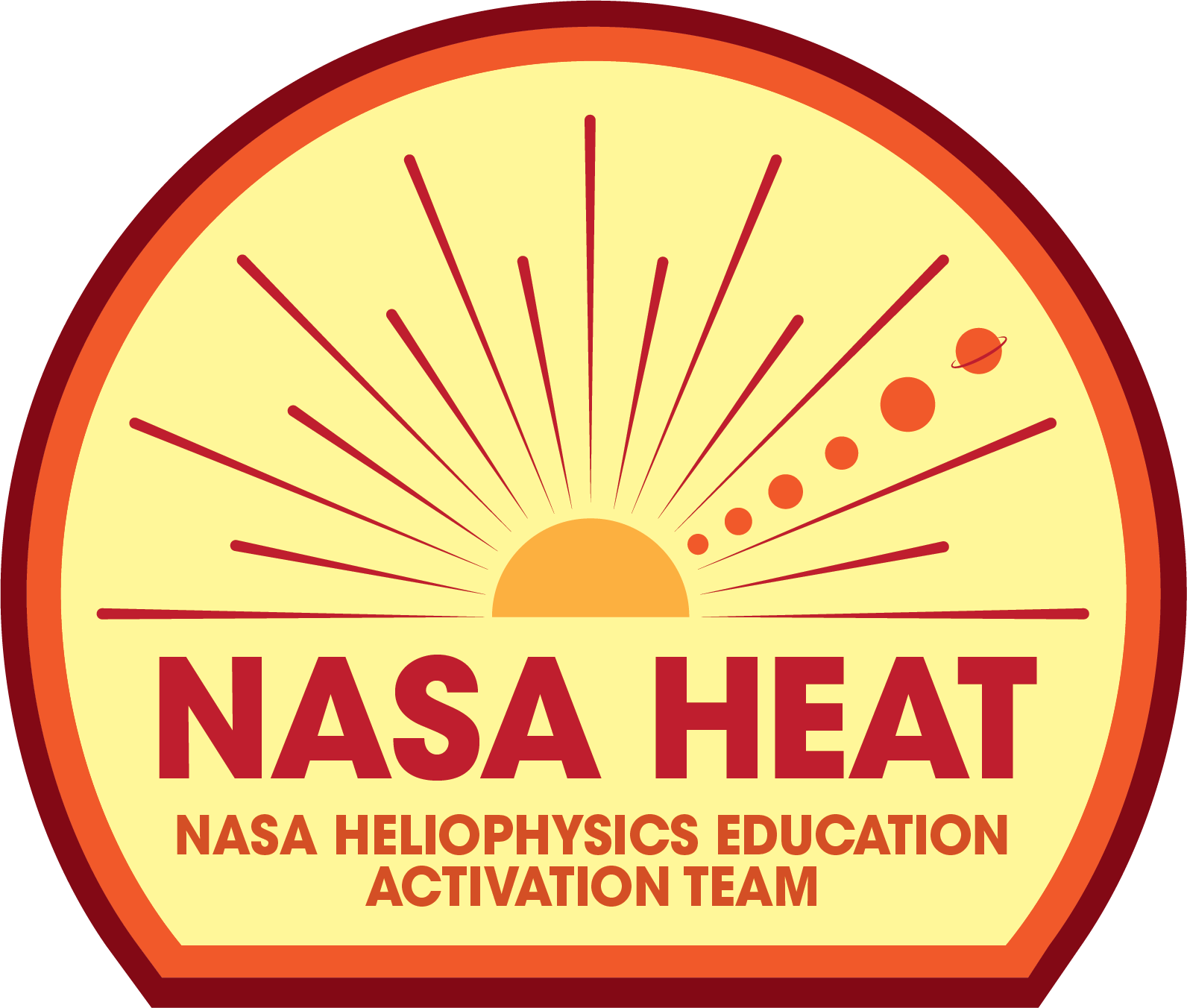
Sources:
- Home. (n.d.). YouTube. Retrieved April 2, 2023, from https://www.youtube.com/watch?v=T_uUHCbZJmU&list=PL_8hVmWnP_O2oVpjXjd_5De4EalioxAUi
- Wright, E. (2015, September 9). SVS - 2017 Eclipse and the Moon's Orbit. NASA Scientific Visualization Studio. Retrieved April 2, 2023, from https://svs.gsfc.nasa.gov/4324
- Types | About. (n.d.). NASA Solar System Exploration. Retrieved March 2, 2023, from https://solarsystem.nasa.gov/eclipses/about-eclipses/types
- The Last Total Solar Eclipse…Ever! | Sten's Space Blog. (2023, February 27). Sten's Space Blog. Retrieved April 2, 2023, from http://sten.astronomycafe.net/the-last-total-solar-eclipse-ever/
- DIY: The Moon's Orbit. (n.d.). Retrieved May 8, 2023, from https://moon.nasa.gov/diy-moon-orbit/#:~:text=The%20Moon%27s%20apparent%20diameter%2C%20as,closer%20(closest%20at%20perigee)
Disciplinary Core Ideas:
- ESS1B: Earth and the Solar System
Crosscutting Concepts:
- Cause and Effect
Science and Engineering Practices:
- Analyzing and Interpreting Data
Students will be able to model the tilt of the Earth-Moon orbital plane
What conditions are needed for a total or partial solar eclipse?
- Students should have prior knowledge of the basic mechanics of Moon phases and eclipses.
- Students should have prior knowledge of the different types of solar eclipses: partial, total, and annular.
- Students should know that the orbits of planetary bodies are not circular, but elliptical.
When will the last solar eclipse occur on Earth? From the desk of NASA Scientist, Dr. Sten Odenwald:
We learned through our investigation of eclipse data that total solar eclipses require a precise geometric circumstance to exist. We examined 80 years of solar eclipse data, including predictive data up until 2030. The physics and mathematics of eclipses are known with such detail that they can be predicted to within minutes from 2000 BCE to 3000 CE. Scientists also know from this data that the orbits of the Moon and Earth are changing over a timescale of hundreds of millions of years. Right now, the Moon is moving away from Earth at about 3.78 cm per year. Eventually, it will be too far away from Earth to block the disk of the Sun in the sky.
700 million years from now..
By 700 million years from now, the Moon will continue to drift away from Earth, but at a slower rate of 3.0 cm/year. But by this point, its distance from Earth will have grown from 384,400 km to 407,155 km. The Moon will then take 28.4 days to orbit and Earth, having gained about 26.4 hours since today. This means that the time between one full moon and the next will be 30.7 days instead of the current 29.5 days.
Meanwhile, the Earth’s rotation has changed from its current 23h 56m to about 26h 25m. What this means is that an Earth Year at 700 million years from today will only be about 330 days long!
Will there be anyone there to care? Probably not. The Sun will have gone through changes too, making Earth not too friendly of a place for human life.
By 700 million years from now, the Sun will be about 10% more luminous than it is today. This means the average global temperature will be 117o F and not the 57o F we enjoy today. Levels of carbon dioxide will have fallen below the level needed to sustain photosynthesis, leading toward the extinction of all surface plant life, and the eventual demise of almost all animal life, since plants are the base of much of the animal food chain on Earth.
Climate models suggest that by about this time Earth will be hot enough to cause the slow evaporation of the oceans into the atmosphere. This will be the start of what is called the “moist greenhouse” phase, resulting in a runaway evaporation of the oceans, and Earth becoming like Venus. Meanwhile, the current continents will have merged and separated and merged again into yet another supercontinent with its own lethal contribution to global heating and weather.
So basically by about 700 million years from now, Earth will be a humid, desert world with no complex living organisms to appreciate total solar eclipses except perhaps extremophile bacteria…and maybe a few cockroaches, if they are lucky.
Learn more about the geometry and physics of eclipses with Dr. Sten at http://sten.astronomycafe.net/the-last-total-solar-eclipse-ever/
- Internet Required
- Teacher computer/projector only

